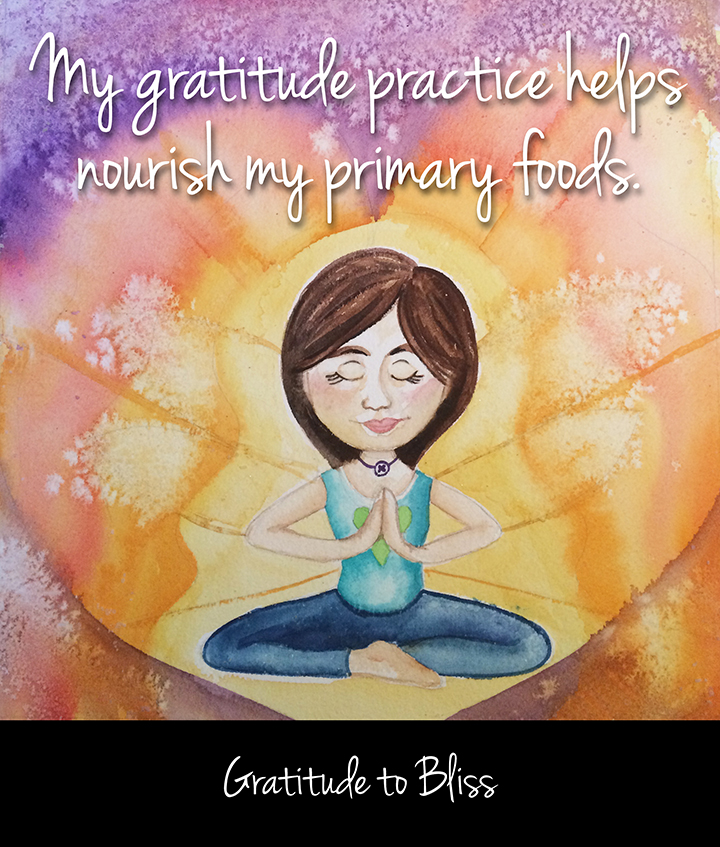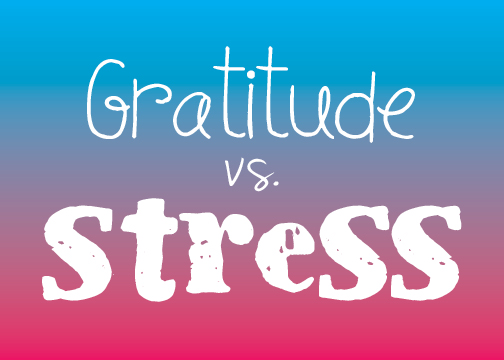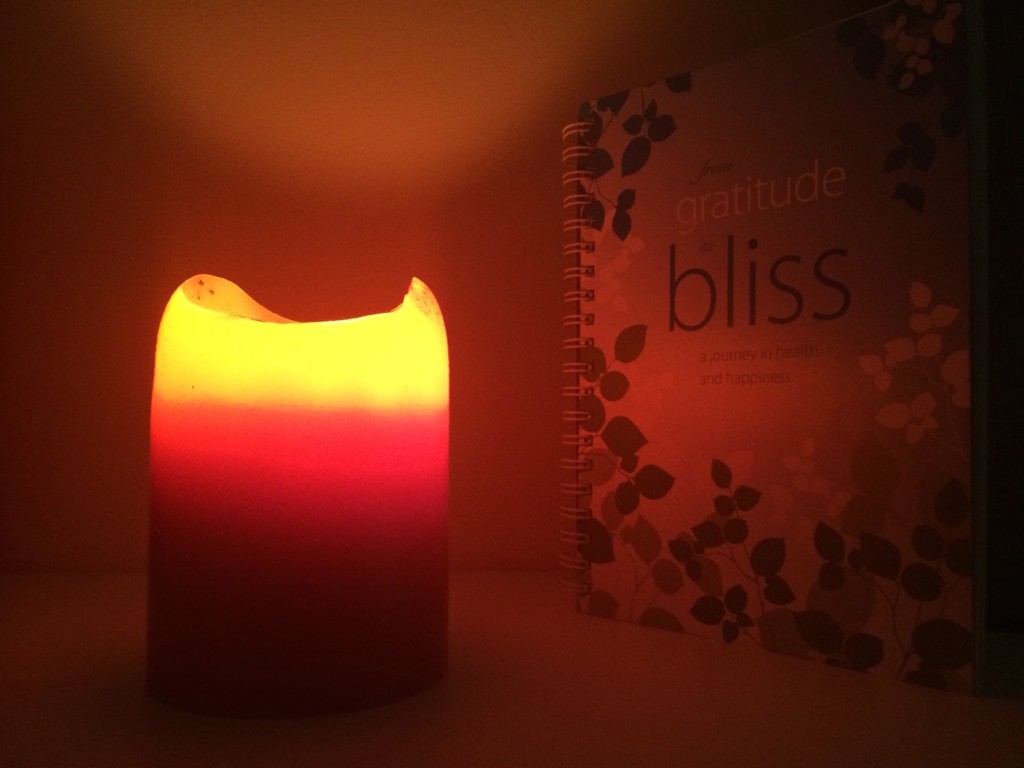The Four Areas of Your Life You Need to Be Feeding
(Part one of a five-part series on gratitude and nutrition)
This week marks the first ever Health Coach Week and I am so excited to celebrate! Becoming a health coach has been the most incredible journey and continues to bring me joy and fulfillment. (Learn more about my experience here.)
The most powerful thing I learned from my health coach training at the Institute for Integrative Nutrition is the concept of primary foods.
Joshua Rosenthal, the school’s founder and director, developed the idea that nutrition comes from all areas of life, not just what we eat. In fact, food is secondary to our relationships, career, physical activity and spirituality. These four areas are what he calls “primary foods” and they have a greater power to nourish our health and happiness than what we eat.
Having an understanding of this concept is vital to creating the health and happiness we all seek. The idea of primary foods and secondary foods is a simple system that needs to be in balance. When one area of your life is out of balance, it most likely throws off something else. Having an awareness of this helps you pinpoint where you want to focus when things feel “off.”
For example, this past year I was struggling with sleep. As every parent knows, having an infant means giving up sleep. Since I am someone who thrives on 8-9 hours of solid sleep a night, getting by with less took its toll on me. As a result, I did not exercise, my excuse being that I was too tired. I also had a bad habit of prioritizing work over taking care of myself. I used my son’s nap times and his time with our babysitter to work on my business rather than exercising or sleeping. I found myself exhausted, cranky and frustrated, and craving comfort food. Little by little I gained weight. After a while my clothes didn’t fit the way they used to. Bottom line, I felt yucky.
Having an awareness that my primary foods were out of balance and that I needed to focus more on myself helped me regroup pretty quickly. Rather than going on a diet, which would have only made matters worse since I was already feeling deprived, I indulged myself in more naps and more “me” time, and began viewing exercise as a treat rather than a chore.
In no time at all I was back on track feeling great again. I attribute being able to make this major lifestyle shift almost effortlessly to my gratitude practice. As soon as I started feeling off, I cracked open a fresh copy of the Gratitude to Bliss journal where I listed my intentions and described how I envision my bliss to be.
“In my bliss, I am well rested and feel amazing in my body. My clothes fit well and feel luxurious. My energy is high and my mood is great.”
Every night before bed I write in my journal, appreciating myself, my time, my family and whatever else I am thankful for. This keeps me focused on the important things and filters into my day so that I am better able to make decisions – like prioritizing exercise – that benefit both me and my family, even when I’m tired.
I now make sure to get a workout in before anything else. This allows me to sleep better even though I sometimes only get 5-6 hours a night. Regular exercise also keeps my metabolism up, my weight in check, my cravings down and my mood positive. Overall, I have more energy and my day flows more smoothly. I feel great because every area of my life is being nourished.
As a health coach, I believe a daily gratitude practice provides the soil in which you can plant your deepest desires. It is the solid foundation you need for making lasting changes that bring you closer to living the life you dream for yourself.
When gratitude is at the forefront of your mind as a result of your daily practice, it’s easier to see that feeling rested is more important to you than crossing things off your to-do list, or that having lunch with a friend is more nourishing than eating an organic salad at your desk while you work.
Everyday life has gotten so focused on “doing” that so many of us, myself included, often lose sight of the simple joy in just “being.” This lack of joy can really throw things off and cause your whole life to get out of balance. It can leave you feeling undernourished and running for a hot fudge sundae when all you may really be needing is a hug, or a nap, or a bike ride.
In the follow-up to this five-part series on gratitude and nutrition, I plan to delve deeper into each primary food and how keeping an active gratitude practice can help you stay in balance!
For now, think about your own primary foods. Which of your relationships are nourishing you and which are draining you? Are you getting enough physical activity? Enough sleep? Are you feeling fulfilled in your work? Do you feel connected to something, a higher power perhaps, or simply to your true self? Please share in the comments below.
As always, thanks for reading!
Gratefully yours,








